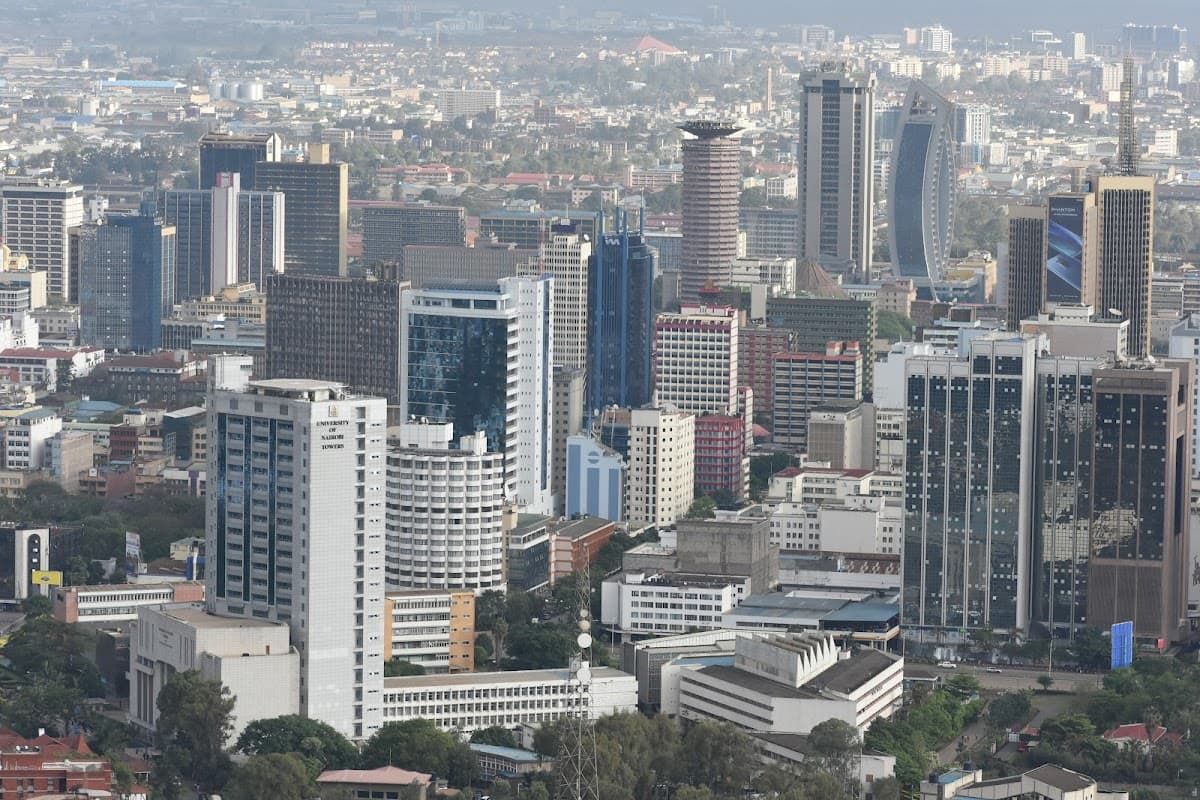The Kenya Revenue Authority (KRA) has directed all petrol station operators across the country to fully adopt the new eTIMS Fuel Station System by June 30, 2025.
The Taxman, in a public notice issued on Friday, June 27, explained that the system will ensure real-time data capture of fuel transactions from the point of sale to its central servers.
"The Kenya Revenue Authority (KRA) is implementing the eTIMS Fuel Station System, which is an eTIMS solution for the fuel sector that enables real-time seamless invoicing for every sale integrating with KRA through a forecourt controller and existing point of sale," the statement read.
The integration will allow every sale made at the pump to be recorded digitally and relayed instantly to the tax authority, significantly reducing the risk of underreporting. According to the taxman, the integration is mandatory and must be in place by the end of June.
"We wish to remind retailers of petroleum products of the requirement to implement the eTIMS Fuel Station System for all the retail outlets by 30th June, 2025.
"KRA further advises fuel station owners that they can choose to integrate by themselves where there is technical capacity or work with a KRA-certified fuel solution integrator," the notice added.
This comes days after KRA announced a new, simplified method for filing Pay As You Earn (PAYE) returns, with the system expected to take effect from July 1, 2025.
In a public notice issued on Monday, the authority said the new system is designed to make the process easier for employers in the public, private, and non-profit sectors, and aligns with its broader digital transformation agenda.
Under the theme “KRA Simplifies the PAYE Return Filing Process,” KRA has introduced an Excel-based return template to replace the current method.
This simplified format is meant to support ongoing reforms in tax administration, and make it easier for employers to meet their tax obligations.
According to the notice, the new process is designed to connect with key government systems through API links, including the Integrated Management Information System (iMIS) and the Central Bank of Kenya.
This integration will allow for automatic deduction and remittance of statutory contributions such as the Affordable Housing Levy, NITA Levy, and other deductions tied to PAYE.
KRA has directed all employers to adopt the new format by July 1, 2025. To help businesses adjust, the simplified Excel return form and a sample CSV file have been uploaded on the KRA website under the publications section: www.kra.go.ke.
Employers are urged to align their payroll systems with the new format before the deadline to avoid penalties for non-compliance. The move follows years of calls for reforms dating back to 2020.
The changes also build on other digital tools introduced by KRA, such as the Electronic Tax Invoice Management System (eTIMS), which helped reduce VAT fraud by 15 per cent in 2023.
The simplified PAYE return is part of the wider 2022 National Tax Policy goals to close the country’s tax revenue gap, estimated at 6 per cent of GDP. It also complements other innovations such as GAVA Connect, a government platform launched in 2024 to support digital access to public services.
The public notice was signed by the Commissioner for the Micro and Small Taxpayers Department and highlights KRA’s focus on sector-specific, tech-driven tools to improve tax compliance and support ease of doing business.
With only a few days left before implementation, employers have been urged to act quickly and adopt the new system to ensure a smooth transition.







